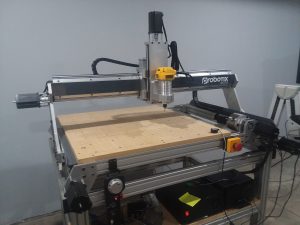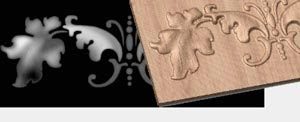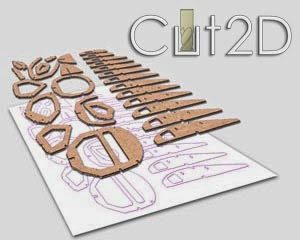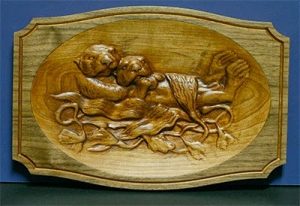CNC Routers are used to make anything and everything. They are a machine typically with 3 (x,y,z) axis, using Computer Numerical Control to do carving, milling, and cutting. The most basic is for cutting sheets of wood and automating the trim process. CNC routers can help ensure part repeatability, accuracy and efficiency to allow mass production or one-off designs. Many users make products using a light industrial or prosumer CNC router which can make a plethora of items, such as:
- wood carvings
- specialized signs
- door carvings
- frames
- crafts
- musical instruments
- cabinetry
- gifts
- furniture
- aluminum engravings
- plastic parts
Commercial CNC machines (~$50,000k and up) are used in mass production for industrial applications like making parts for engines, vehicles, aerospace, and medical devices. Hobby class CNC machines are the most inexpensive and primarily used by DIY users making simple carvings that do not require the precision or accuracy of higher class machines.
A CNC machine uses a mount for an off the shelf trim router or a spindle designed for CNC applications. The spindle and tooling can cut a variety of materials, depending on capabilities, such as aluminum, steel, plastic, glass, foam and wood. CNC routers are controlled by a computer running a G-code interpreter called the CNC control computer. The motors on each axis are sent signals through a stepper motor driver (one for each motor). Each driver will connect to a breakout board that sends the signals to the motors out a communication interface, often a DB25 connected parallel port.
Typically a CAD program is used to first create a design, and a CAM program translates the tool paths to G-code program instructions in vertical (z), horizontal (y) and perpendicular (x)coordinates. As with CNC milling machines, CNC routers can be controlled directly by manual programming, but CAD/CAM allows wider possibilities for contouring, speeding up the programming process or creating programs where manual G-code would be impractical.
The human operator selects the machine tool and determines the center point of the part, clamps the part onto the table, moves the bit directly above the marked center and down to the face of the part. This is marked as the origin (starting point) and can also be automated using CAM. The operator selects the run G-code function in the CNC control software, and machine begins to cut the design.
PROBOTIX™ is a leader in digital machining and a domestic manufacturer of fully assembled, tested, and turnkey CNC solutions – right here in the United States. Call us today at 866.492.9262 or email support@probotix.com to chat with an applications specialist to help find the right machine for your needs.




 All three of these types of software programs will export g-code that can be run on any CNC router.
All three of these types of software programs will export g-code that can be run on any CNC router.